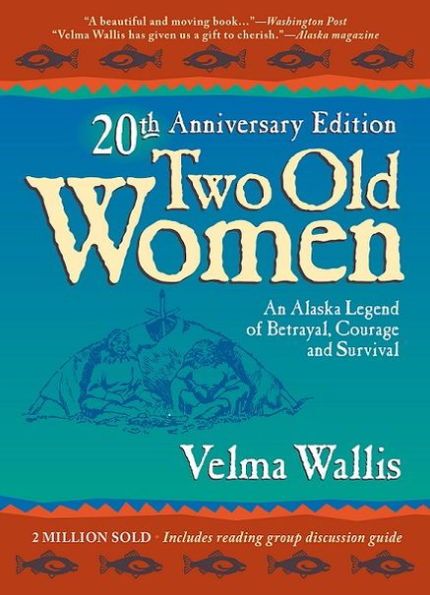Read an Excerpt
The air stretched tight, quiet and cold over the vast land Tall spruce branches bung heavily laden with snow, awaiting distant spring winds. The frosted willows seemed to tremble in the freezing temperatures.
Far off in this seemingly dismal land were bands of people dressed in furs and animal skins, huddled close to small campfires. Their weather-burnt faces were stricken with looks of hopelessness as they faced starvation, and the future held little promise of better days.
These nomads were The People of the arctic region of Alaska, always on the move in search ,of food. Where the caribou and other migrating animals roamed, The People followed. But the deep cold of winter presented special problems. The moose, their favorite source of food, took refuge from the penetrating' cold by staying in one place, and were difficult to find. Smaller, more accessible animals such as rabbits and tree squirrels could not sustain a large band such as this one. And during the cold spells, even the smaller animals either disappeared in hiding or were thinned by predators, man and animal alike. So during this unusually bitter chill in the late fall, the land seemed void of life as the cold hovered menacingly.
During the cold, hunting required more energy than at other times. Thus, the hunters were fed first, as it was their skills on which The People depended. Yet, with so many to feed, what food they had was depleted quickly, Despite their best efforts, many of the women and children suffered from malnutrition, and some would die of starvation.
In this particular band were two oldwomen cared for by The People for many years. The older woman's name was Ch'idzigyaak, for she reminded her parents of a chickadee bird when she was born. The other woman's name was Sa', meaning "star," because at the time of her birth her mother had been looking at the fall night sky, concentrating on the distant stars to take her mind away from the painful labor contractions.
The chief would instruct the younger men to set up shelters for these two old women each time the band arrived at a new campsite, and to provide them with wood and water. The younger women pulled the two elder women's possessions from one camp to the next and, in turn, the old women tanned animal skins for those who helped them. The arrangement worked well.
However, the two old women shared a character flaw unusual for people of those times. Constantly they complained of aches and pains, and they carried walking sticks to attest to their handicaps. Surprisingly, the others seemed not to mind, despite having been taught from the days of their childhood that weakness was not tolerated among the inhabitants of this harsh motherland. Yet, no one reprimanded the two women, and they continued to travel with the stronger ones--until one fateful day.



